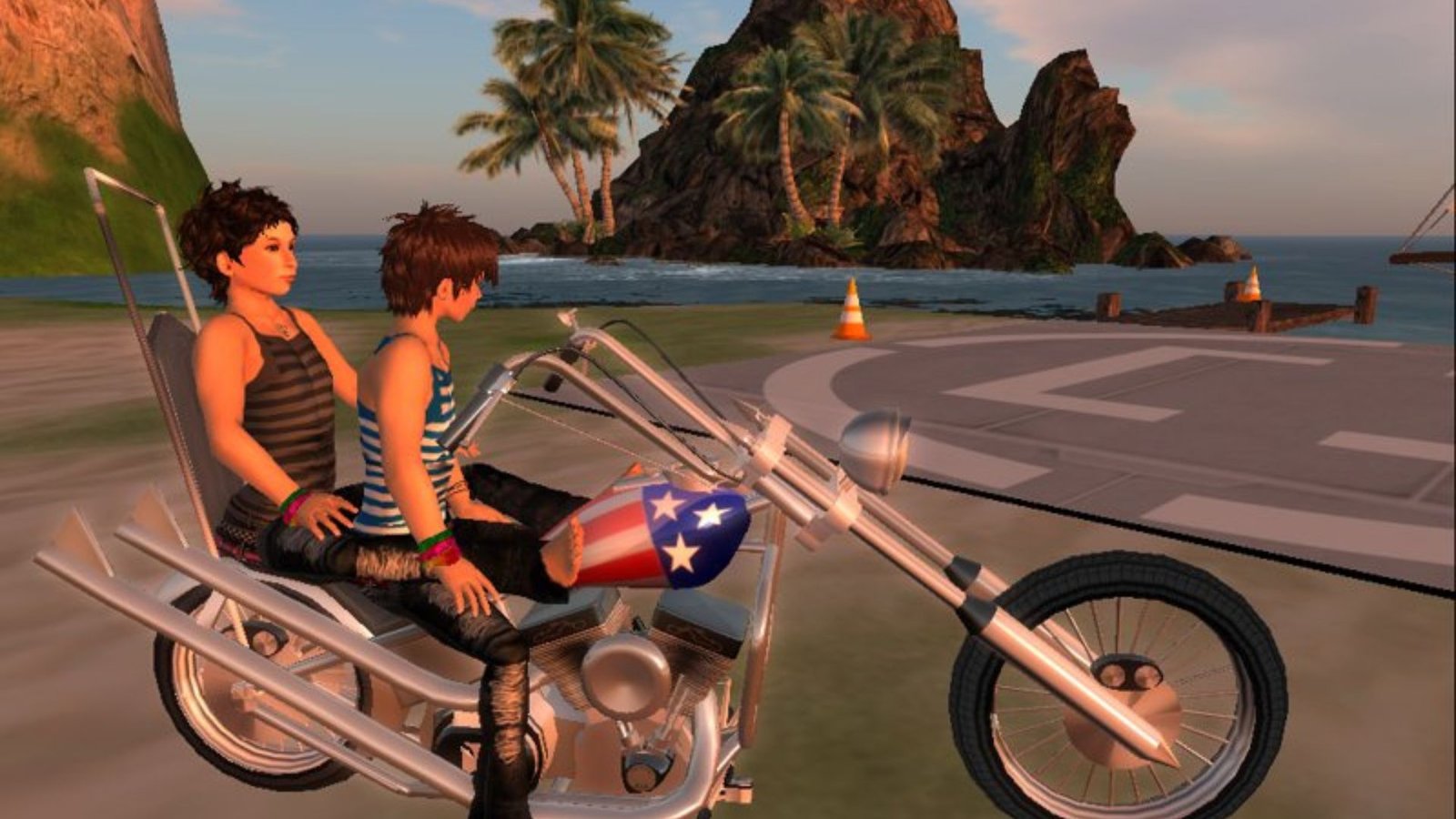Navigating 3D game worlds can be both exciting and challenging, especially as games become more complex and expansive. Whether you’re exploring vast open-world environments or maneuvering through intricate levels, understanding how to effectively navigate can greatly enhance your gaming experience. Here are some essential tips to help you find your way in 3D game worlds.

Understand the Map and Compass
Most 3D games provide a map or compass to guide you. Familiarize yourself with these tools:
- Use the Mini-Map: A mini-map in the corner of your screen shows nearby areas and key locations. Pay attention to it to avoid getting lost.
- Follow the Compass: A compass often indicates important objectives and directions. Keep an eye on it to stay on course.
- Check the Full Map: Open the full map periodically to get a broader view of the game world. This helps you plan routes and understand the terrain.
Pay Attention to Landmarks
Landmarks are crucial in 3D games for orientation:
- Identify Key Landmarks: Look for distinctive buildings, natural features, or other notable structures. Use these as reference points to keep your bearings.
- Use Landmarks for Fast Travel: In many games, you can fast travel between major landmarks. This saves time and helps you quickly navigate the world.
Master the Camera Controls
Effective camera control is vital for navigation:
- Adjust the Camera Angle: Rotate and tilt the camera to get a better view of your surroundings. This is especially important in tight spaces or complex environments.
- Use First-Person and Third-Person Views: Some games allow you to switch between first-person and third-person perspectives. Experiment with both to see which helps you navigate better.
Follow Visual Cues and Signposts
Game designers often include visual cues to guide players:
- Look for Path Indicators: Paths, trails, and roads often lead to important locations. Follow these natural guides when in doubt.
- Follow Signposts and Symbols: Many games use signposts, arrows, or symbols to indicate the direction of objectives. Pay attention to these cues.
Use Waypoints and Markers
Setting waypoints and markers can streamline your navigation:
- Set Custom Waypoints: Many games allow you to place waypoints on the map. Use these to mark destinations or points of interest.
- Follow Quest Markers: Quest markers are usually visible on the screen or map, indicating where you need to go next. Make use of these to stay on track.
Explore and Memorize the Environment
Taking the time to explore helps you understand the game world:
- Explore Different Routes: Don’t always take the main path. Exploring side paths and alternate routes can lead to shortcuts or hidden areas.
- Memorize Key Locations: As you play, try to memorize the layout of key areas. This helps you navigate more efficiently in the future.
Manage Your Inventory and Tools
Inventory management can aid in navigation:
- Use a Compass or GPS Tool: Some games offer items that act as compasses or GPS devices. Keep these handy for navigation.
- Check Your Inventory for Maps: Some games provide collectible maps that reveal more details about the world. Always check your inventory for these items.
Communicate with Other Players
In multiplayer or co-op games, communication is key:
- Coordinate with Teammates: Work with your team to navigate together. Share information about locations and objectives.
- Use Voice Chat: If available, use voice chat to discuss navigation strategies and avoid getting separated.
Conclusion
Navigating 3D game worlds can be a rewarding part of the gaming experience. By understanding maps, landmarks, camera controls, and using visual cues and communication, you can efficiently find your way through even the most complex environments. Take the time to explore and master your surroundings, and you’ll enjoy a smoother and more immersive gaming adventure.

